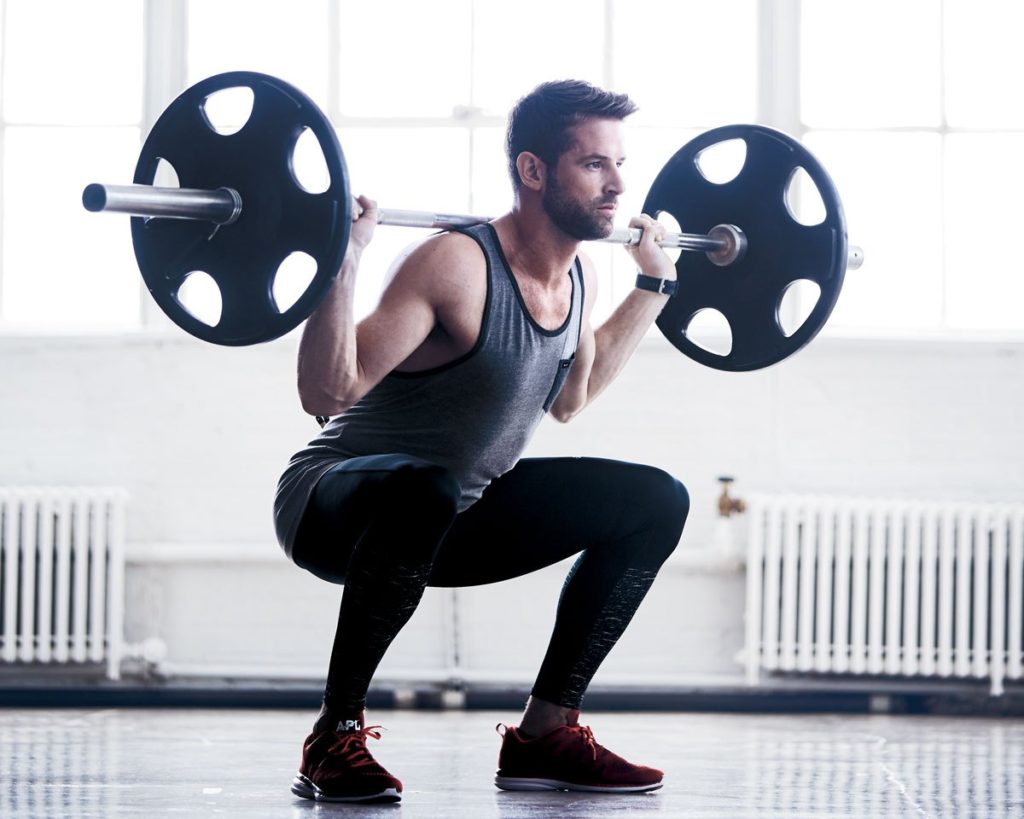02 Mar Weight training for youth – Is it safe?

Anecdotally weight training for children and adolescents (youth) has not been considered safe. This can be backed by Emergency Centre data which showed that over 100,000 children (5-18years) presented to emergency departments in the USA during 2000 – 2004.(1) Many more may have been injured but not serious enough to go to Accident and Emergency.
The perceived risk of weight training in youth is of damage to growth plates and immature cartilage.(2) Growth plates are immature weaker regions in the bones where growth takes place. Loading or stressing these regions was thought to risk damaging them resulting in reduced growth and injury.(3) As not all growth plates are mature or closed until age 25, there is some risk until then.
Strength training in adults has been shown to enhance strength and motor control and weight management, improve bone strength and increase resilience to sports injuries.(3) It is also thought to help improve self esteem.(4) It, however, must be remembered that youth are not just small adults, as not only is their bones not mature, their nervous system and understanding are not the same as adults. An adult program is therefore not appropriate for youth.
Recently studies on children and adolescents have shown that specifically designed weight programs are not only safe but are also beneficial.(3,5) As children have different levels of maturation, both physically and mentally, all programs should be individualized to the person(2) and not given generically to a group or team.
If using weight machines, these must adjustable so the fit and posture is correct.(2, 5) Free weights, stretching band and medicine balls are generally recommended for those with smaller stature(1) as fitting is easier.
Recommendations
Age
Though there is no minimum age for youth to start(3) they must be old enough to follow instructions and guidelines. Most studies and established guidelines, however, state not starting before 9(4) to 10(2) years.
Environment
All studies and guidelines state youth need to be supervised while undertaking weights or a resistance program by a suitably qualified instructor with experience/knowledge in youth training.(2, 4, 5) As mentioned above, equipment must be suitable and adjusted for the individual so free weights, body weight, stretching bands and ball are often more appropriate.
Programs
Programs should be set by a qualified instructor – one who has an understanding of both training and youth development. Adult programs should not be used for youth athletes. Programs should be individualized to the person and not given as a group as growth development is very individual through these ages.
It is strongly recommended that any initial program should concentrate on technique and form using low loads.(2) The loss of technique needs to be able to be recognized by the individual as this is the end point of the set.(5)
For younger (< 16 years) and novice athletes, 1 – 2 sets of 8 – 15 reps at 60% of estimated 1RM has been recommended.(2) Sessions should be 2 – 3 weekly but not on consecutive days.(3) A balanced program should include balance and core training as well as weights for upper and lower limbs. Exercises initially should be simple and easy to learn.
Older and more experienced athletes can increase to 3 – 5 sets of 70- 80% 1RM and once experience is gained increase leads to failure.(2) Technique needs to be maintained at all times. Ballistic movements are not recommended except for the very experienced athlete.
Growth spurts see a decrease in coordination especially through the trunk region. Exercises should be reduced in complexity and intensity during this time.(3)
Conclusion
Weight training for children and adolescents has been shown to be safe if supervised by appropriately qualified trainers. Benefits include improved coordination, strength and bone density as well as an improvement in self esteem.(2) It may also help reduce sporting injuries.(3) Girls often show greater improvements to boys due to differences in maturation.(3) Weight training should however by a supplement to physical activity and not a replacement.
Hamish Ashton MHSc(Phty) – Sports Physiotherapist & Level 1 ASCA Strength and Conditioning Coach
References:
1. Logsdon, V. 2007. Training the Prepubertal and Pubertal athlete. Current Sports Medicine Reports, 6, 183 – 189.
2. Behm, D et al. 2008. Canadian Society for Exercise Physiology Position Paper: Resistance Training in Children and Adolescents. Applied Physiology Nutrition and Metabolism 33,547 – 561.
3. Faigenbaum, A & Myer, G. 2010. Pediatric Resistance Training: Benefits, Concerns, and Program Design Considerations. Current Sports Medicine Reports 9(3), 161 – 168
4. Sadres, E et al. 2001. The Effect of Long-Term Resistance Training on Anthropometric Measures, Muscle Strength, and self Concept inPre-Pubertal Boys. Pediatric Exercise Science 13, 357 – 372
5. Maffulli, N & Magra, M. 2007. The Younger Athlete. In Clinical Sports Medicine ed Brukner and Khan. McGraw-Hill Australia


Sorry, the comment form is closed at this time.